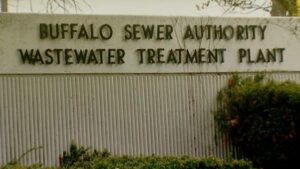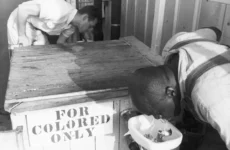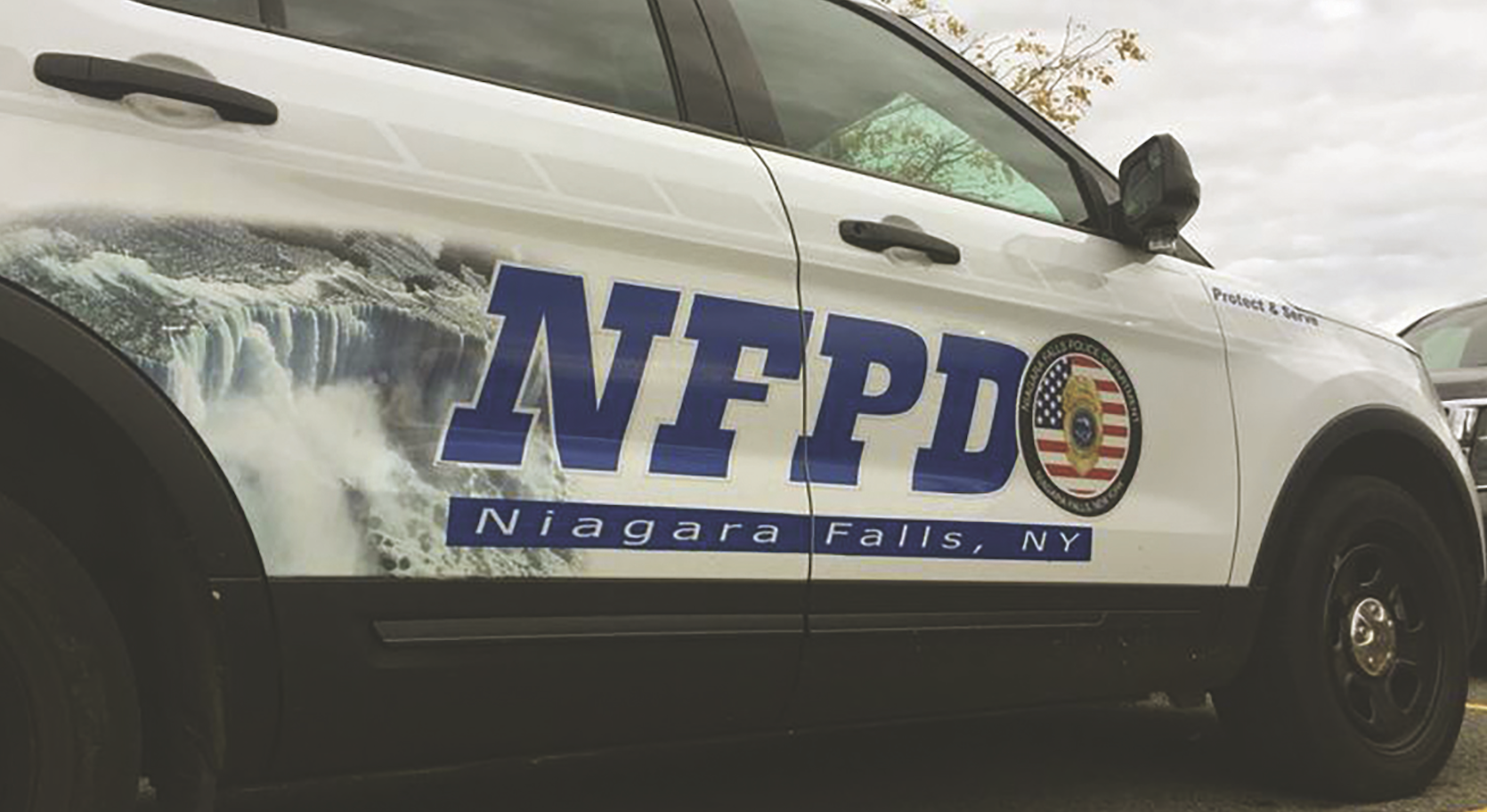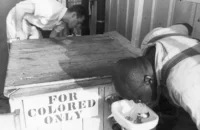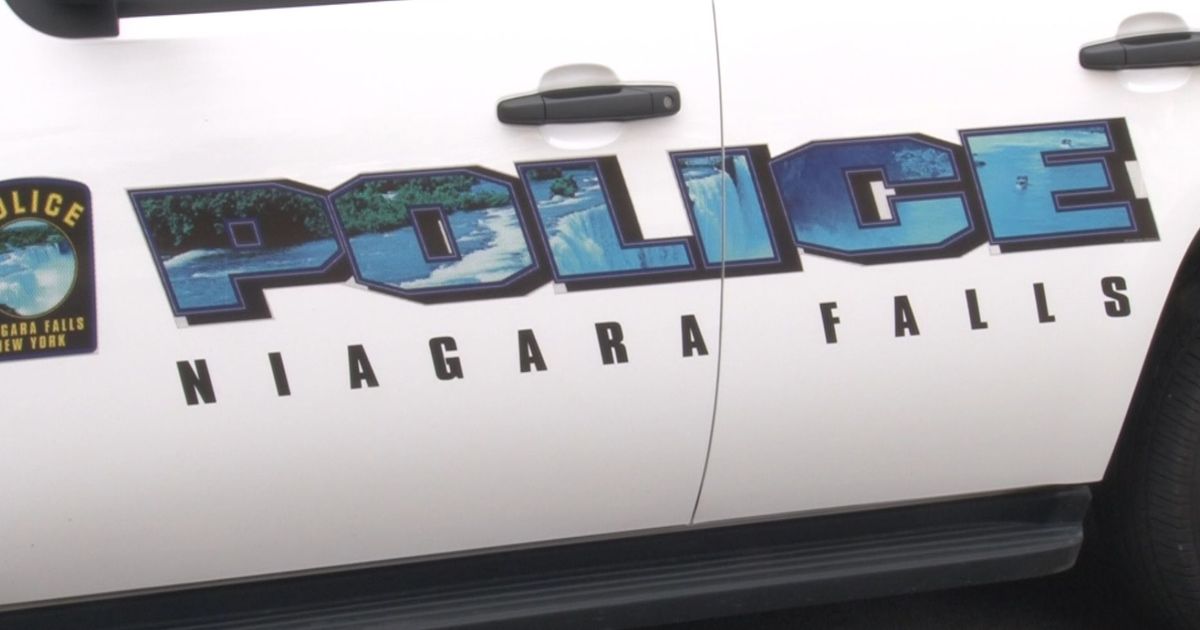Just over a decade ago, this newspaper published a blockbuster series of articles revealing that the Niagara Falls Water Board was planning to import from Pennsylvania millions of gallons of toxic frackwater for treatment and dumping into the Niagara River.
Our analysis revealed that, despite the advanced technology employed by the wastewater plant, many of the deadly constituents of the frackwater, including radioactive compounds and various carcinogens, would survive the process and end up in the drinking water of millions of people downstream.
As a result of our reporting, the Niagara Falls City Council passed a ban on the importation, processing and dumping of any frackwater within the city limits.
Now the Niagara Falls Reporter is going two for two.
It has come to our attention that the Buffalo Sewer Authority has been importing millions of gallons of leachate water produced by Seneca Meadows – the largest landfill in New York State – and, after a cursory and wholly-inadequate “treatment” process, dumping it into the Niagara River.
This leachate is heavily laden with a toxic family of chemical compounds collectively called PFASs, or polyfluoroalkyl substances. PFASs have been shown to cause a host of human ailments and diseases, including ulcerative colitis, thyroid dysfunction, testicular and kidney cancers, pregnancy-induced hypertension and lowered human fertility rates.
Experts have termed these PFASs “forever” chemicals, because they take thousands of years to break down, and therefore accumulate in the environment.
There is not a human being on the face of the Earth who does not have some PFASs in their body tissues, the levels proportional to the amount of the dangerous chemicals present in their drinking water.
So the fact that the cities of North Tonawanda and Niagara Falls, as well as Rochester and Syracuse, and Toronto and Montreal, draw their drinking water downstream from where the Buffalo Sewer Authority discharges its poisonous effluent, makes the situation problematic, to put it mildly.
The oxymoronically-named Seneca Meadows, a landfill owned and operated by Texas-based Waste Connections, Inc., is, as previously stated, the largest of 27 landfills in New York State.
Located near the city of Seneca Falls, deep within the agricultural and tourist region known as the Finger Lakes, the site receives 6,000 tons of trash daily from all over the entire northeastern United States as well as from Canada.
All this trash gets rained on, of course. The rainwater flows through the massive and growing mountain of refuse and comes out the other end as contaminated leachate, having rinsed out PFASs from all the stain repellents, polishes, paints, and coatings that are ubiquitous in modern society.
62% of the total volume of 200,000 gallons of PFAS-infused leachate – or approximately 124,000 gallons – is shipped daily from Seneca Meadows to the Buffalo Sewer Authority, ultimately making its way into our local source of drinking water, the Niagara River.
According to the Environmental Protection Agency (EPA), it is currently known that three treatment processes can be effective for PFAS removal: granular activated carbon, ion exchange resins, and high-pressure membrane systems, none of which is extant at the Buffalo Sewer Authority.
So it is safe to assume that 100% of the toxic PFASs contained in this unholy soup from the Seneca Meadows dump – at a rate of nearly 44 million gallons annually – makes its way into our local water supply, courtesy of the Buffalo Sewer Authority.

